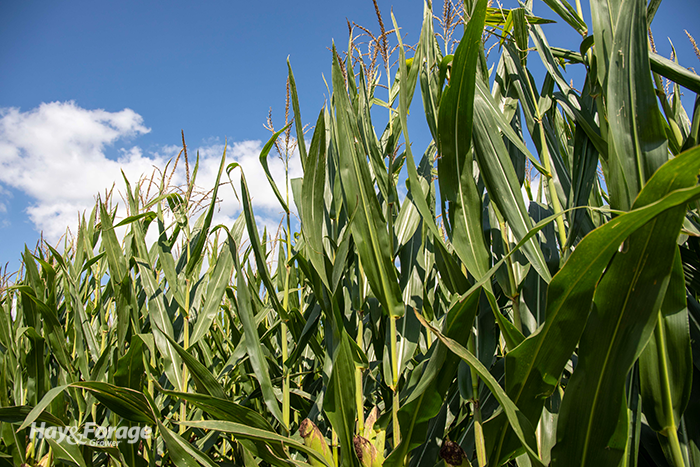Relative maturity may not be relative |
| By Mike Rankin, Senior Editor |
|
|
 The relative maturity rating of a corn hybrid is often one of the first characteristics considered when selecting what will be planted. This maturity metric has been around a long time, but its utility is waning. Expressed in days (think days to maturity), relative maturity (RM) helps farmers gauge whether a corn hybrid will fit a local growing environment. “On hearing ‘days to maturity,’ most people assume that they can just go ahead and count the days from when they planted to determine when they will be harvesting,” notes Allen Wilder in the W.H. Miner Agricultural Research Institute’s Farm Report. “While this may have worked at some place and at some time, the truth is that relative maturity almost never lines up perfectly with actual days to harvest. Depending on how maturity is defined and what the climate is like where the crop is grown, it might be way off,” adds the research farm’s agronomist. Another problem with relative maturity is that there is no universal standard of measure. A 100-day RM hybrid from one company may mature differently than a 100-day RM hybrid from another company. Wilder points out that corn breeders have started using growing degree units (GDUs) to characterize maturity rather than just days. For example, a hybrid may be said to reach black layer by a certain number of GDUs. This is an improvement over the RM system because it considers temperature variations throughout the growing season. “While the degree day method is better, it’s still far from perfect when it comes to actual crop development,” Wilder asserts. “As it turns out, plants are somewhat adaptable in the amount of heat units they need for development, depending on how much light they are getting each day, how healthy they are, and how stressed they are. Thus, late-planted corn may be able to mature with fewer degree days than the same corn planted on time,” he adds. Wilder says that most corn breeders are more focused on grain maturity than silage maturity. As such, what looks like a 100-day RM corn from a grain standpoint might perform more like a 95-day RM corn if the stalk tends to dry down quickly. Silage producers need to be concerned with yield and quality. Ultimately, the only way to truly assess this is to look at local silage trial data and experiment with different hybrids on your farm. Talking to neighbors and assessing what is working for them is also a good strategy if they have like-minded goals in their silage program. In summary, Wilder says not get too hung up on relative maturity when buying corn seed for next year’s silage crop. Although hybrids differ in maturity relative to one another, there are enough limitations in the relative maturity metric that it shouldn’t be a sole determinant of hybrid maturity or what you plant. |
